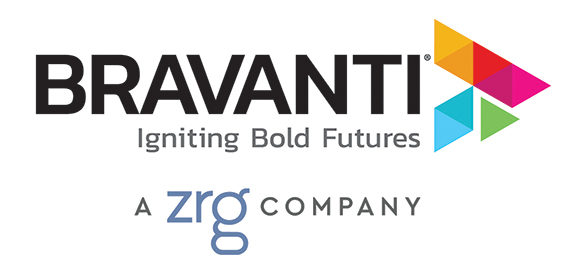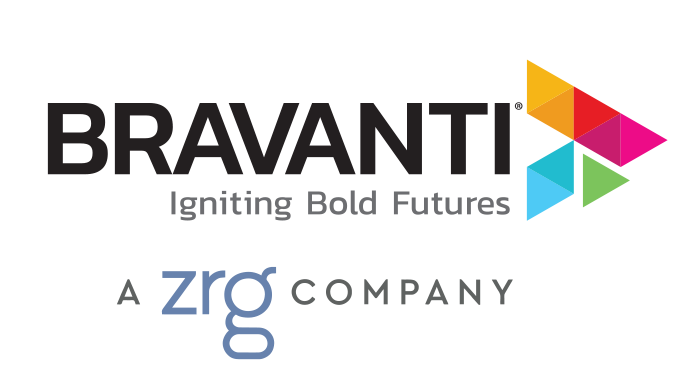By Mark Rossi
It goes without saying that the last two years have been challenging for global workforces and their leaders.
The onslaught of the COVID-19 epidemic brought unprecedented furloughs and layoffs. According to the Becker Friedman Institute, only 3 new hires existed for every 10 layoffs at the height of the pandemic, eventually resulting in 9.6 million job losses in the U.S. alone. For nearly a year, companies around the world struggled with difficult workforce decisions as they strained to survive through an indefinite period of uncertainty.
Then came the Great Resignation. Less than a year after COVID-19 reached the U.S., bringing record-high unemployment with it, the U.S. experienced a very different record-setting employment market. In April 2021, 2.7% of the U.S. workforce voluntarily quit their jobs—the highest on record until September 2021, when that rate hit 3%.
Experts attribute this mass departure from the workforce to various factors, not the least of which is a natural rebalancing after many workers sheltered in job throughout most of the pandemic. Other reasons include a heightened (and unmet) demand for flexible work options, improved work/life balance, better career transparency, or any number of other considerations.
As we head into 2022, many employers are in an awkward position: Their people are quitting, and they don’t really know why—or what to do about it. And the traditional tactics of boosting compensation or other benefits is having a nominal effect on attrition. And, even if it was effective, employee retention alone doesn’t fill vacant positions. In what seems like a no-win scenario, what can employers do?
Enter: internal mobility.
The role of internal mobility in the modern economy
Internal mobility, or the process of supporting career development and role reassignments to retain existing employees, is a creative and longstanding workforce strategy.
Internal mobility is traditionally considered an element of workforce restructuring, an effective way to minimize or altogether avoid layoffs and furloughs during times of change, while optimizing existing, much-needed talent for critical roles.
Internal mobility can save employers from significant direct and indirect costs typically related to attrition: reduced institutional knowledge, robust legal fees, and stressful workplace cultures that leave long-term effects long past an individual’s departure.
As the workforce continues to experience dramatic loss of talent, internal mobility is fast becoming a highly sought-after, multi-dimensional tool for developing, engaging, and retaining talent.
Retaining and engaging employees
Lack of career transparency and advancement opportunities are among the most common reasons why employees quit their jobs in 2021. Career advancement and role reassignment programs demonstrate a company’s compassion for high potentials. A company investing in their own people adds to a healthy workplace culture and promotes employee loyalty. By providing employees with clear paths to advancement or lateral hiring, employers can hold on to key talent.
Filling vacant positions
U.S. employers are now spending $2.9 million per day searching for new employees or replacement workers. Internal mobility diminishes the time and money spent looking to fill and onboard a position. In fact, research shows that organizations that promote internally are 32% more likely to be satisfied with the quality of their new hires. Plus, redeployed workers are already familiar with the company, culture, products/services, customers, etc., resulting in an accelerated onboarding into the new position.
Increasing internal workforce agility
In the short-term, an internally mobile environment allows companies and organizations to respond to volatile market changes and pivot low-demand/volume work to high-demand areas of business. As the global marketplace responds daily to the new challenges of a global pandemic, internal mobility can increase an organization’s resiliency for enduring future unpredicted economic shocks.
Attracting new talent
When hiring new employees is necessary, a company’s internal mobility practices can be a strong selling point for potential new hires. Internal mobility signals to prospective employees that their opportunities are plentiful within your organization, that they aren’t limited to a singular career path, and that they will be supported and encouraged in taking on new and different responsibilities.
Reducing costs
Businesses are dynamic; they will always have to reevaluate their workforces, and strategic alignment can only decrease company costs. Additionally, companies can reduce their severance packages and unemployment assistance by keeping and retaining current employees.
Internal mobility: A role for every season
Today, as vaccination rates continue to rise and the economy rebounds, companies are entering 2022 with insufficient talent and resources. As we find ourselves in a very different workforce scenario than in 2020, it’s time to rethink traditional workforce management strategies.
While employee retention isn’t a single-solution challenge, internal mobility serves many benefits and can be a strategic and critical leverage point for employers during these unpredictable times.
About Mark Rossi
Mark Rossi is Vice President, Business Development in the Outplacement & Career Transition practice at Bravanti, where he focuses on developing and nurturing client partnerships for the firm. He brings more than 25 years of experience in sales and business development roles. Mark is a high-energy and collaborative professional with a strong track record for client satisfaction and delivering business results. He can be reached at mrossi@bravanti.com.
About the Career Ignite Internal Mobility Program
Our Career Ignite Program provides career enhancement for your employees to help them reflect, refine, and move toward their career goals while uncovering relevant growth and internal mobility opportunities. We help employees uncover their unique strengths and interests, pushing them to fulfill bolder careers while maximizing a greater return on investment from your existing support systems. This program augments organizational learning and development offerings to help develop and grow your greatest asset – your people. To learn more, contact Mark Rossi at mrossi@bravanti.com.
Content Related to Career Transparency in the Age of Attrition
Shifting Skills for a Shifting Workplace: Upskilling & Reskilling for Transitioning Workforces
Increase the Odds of M&A Success with a Smart Talent Strategy
Workplace Burnout: How to Spot It and What to Do About It
Aligned and Defined: Winning in 2022 with an HR-Driven Business Strategy

